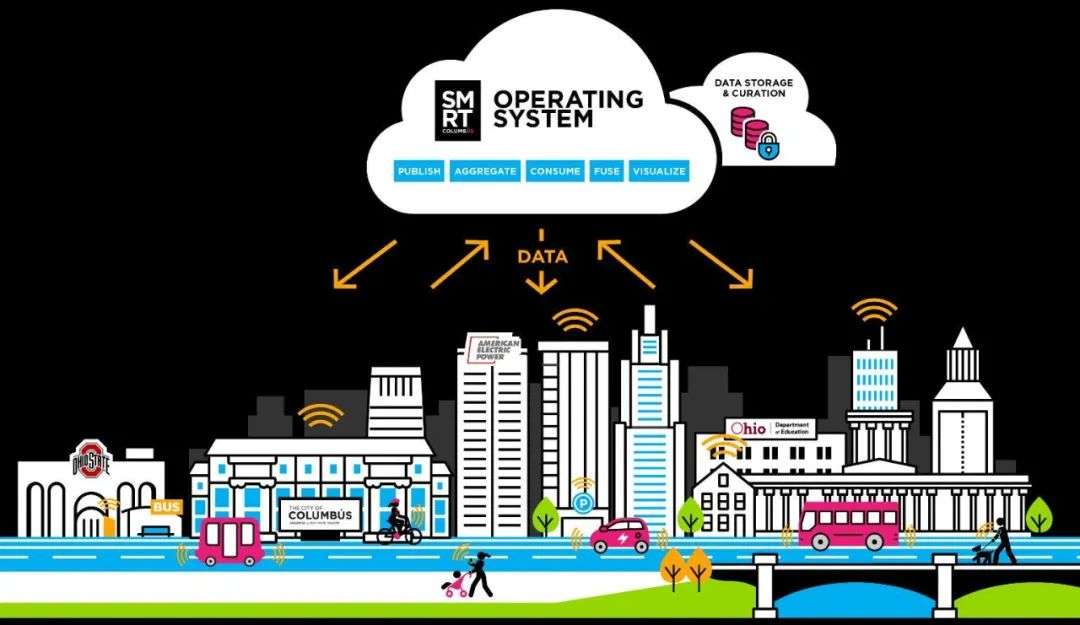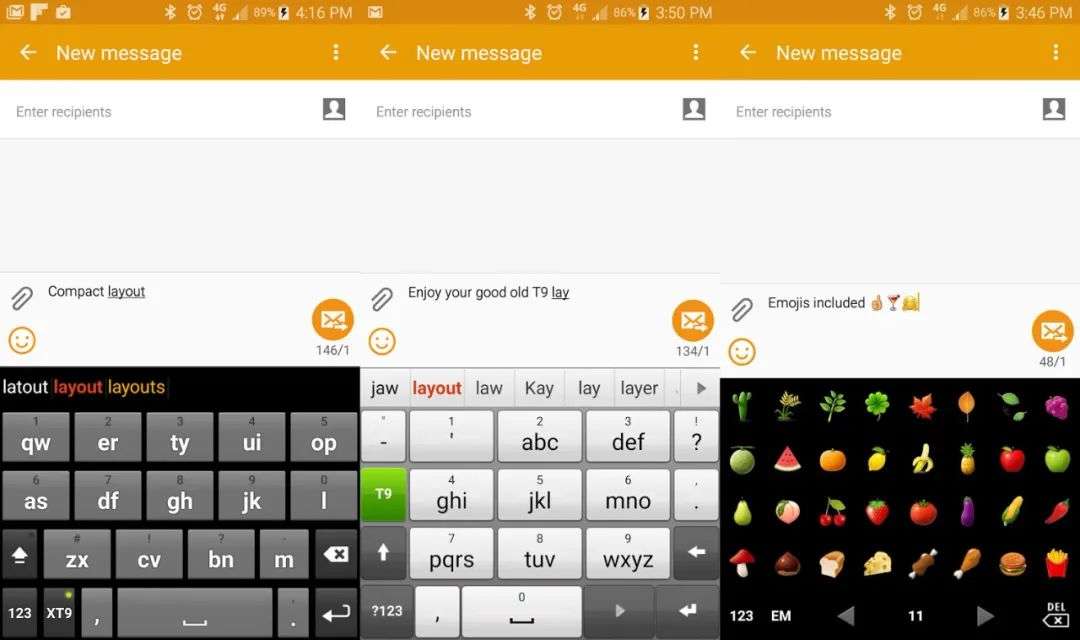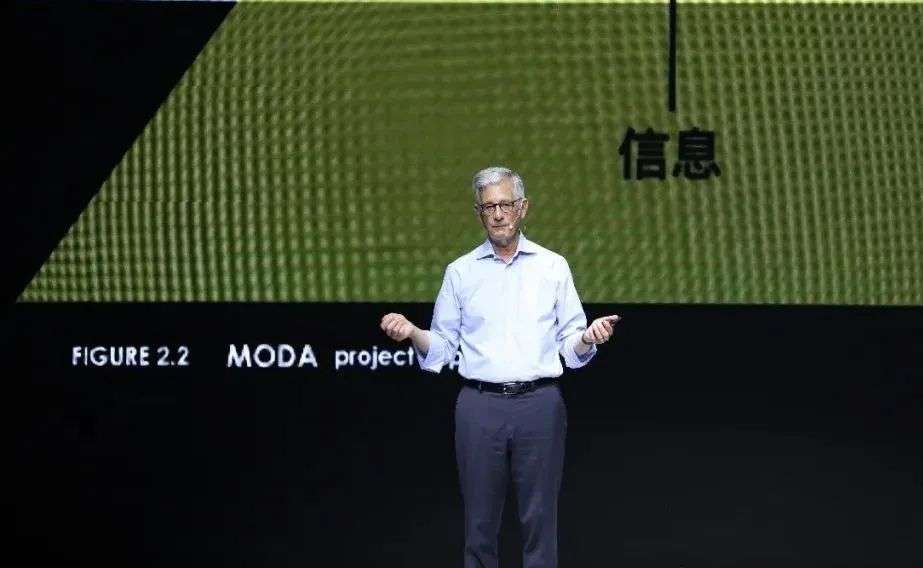What does the city of the future look like?
Editor’s note: This article is from the micro-channel public number “created” (ID: xingshu100) , Author: creating.
iOS upgrade notice
When I wake up, is iOS13 updated?
Ding Ding~Your phone prompts that the kernel is a system-adaptive version of Android11 available for download?
Mobile phone system update
Frequent upgrades of mobile phone systems have become a commonplace for many people. I believe most people have also pressed the confirmation button without thinking.
This may be because our subconscious mind knows that system updates are harmless to us and are usually beneficial.
Upgrading…
Yes, small updates often bring us a more beautiful UI interface, more intimate small functions, or fix some annoying system bugs, and large updates usually bring us the kernel from the bottom. The upgrade makes the operation of the entire system more efficient and the operation logic more user-friendly, so that you can play with the device more happily.
So have you ever thought about it, the city we live in actually has an operating system?
This operating system not only controls intelligent analysis based on basic information such as people flow and traffic data, but also helps city decision makers and managers to make better city planning and management, and can use big data to generate intelligent solutions. Realize the most reasonable resource allocation.
“Operating System” in the city
Stephen Goldsmith, a professor at the Kennedy School of Government Administration at Harvard University, is a systems engineer behind the city. He is also the director of the US Government Innovation Program Center. Goldsmith served as the deputy mayor of New York City, establishing the first mayor’s data office for New York, making New York a data-driven smart city. He has also served as mayor of Indianapolis, the capital of Indiana, for two consecutive terms. During his tenure, he made considerable achievements in government management, reform and innovation.
Goldsmith is making a speech scene
This urban system workerWhen creating the speech, the engineer started from two aspects: how the city structure itself uses data and the purpose of using the data. Through the case of massive US cities, it illustrates how to use data to establish connections and involve citizens in government management in the construction of smart cities. , And the importance and necessity of the government to maintain the “system update”.
Let’s take a look at how he upgraded the system for the city!
Enhanced interaction
Professor Goldsmith proposed in his speech that “connection” is the future of the city.
The connection here includes the connection of people, that is, adhere to the “people-oriented” policy, establish private channels for government communication, and use integrated data to empower government employees to improve work efficiency through visualization and other means;
mobile input
It’s like, in the past, our mobile phones used keyboard input, whether it was a Jiugongge or a full keyboard, the speed of information acquisition depends on your hand speed, slow typing is always tears!
Now it has brand new “voice input” and “voice feedback”. Your phone has a new channel for communicating with you.
The connection also includes the connection of locations, that is, the establishment of a geo-tagged data sharing platform, the application of the Internet of Things (IOT) to the city’s infrastructure for data collection, and the use of data to solve urban problems and expand the depth of urban services. And breadth;
Jobs demonstrates using the iPhone to play Jade Music
Remember the surprise that the iPhone brought to the public when it first joined the gyro sensor in the fourth generation?
Jobs at the iPhone conference site
When Jobs was demonstrating Jengle, he was as happy as a child, and the audience was exclaimed: the device in my hand could still feel the outside world like this!
Soon, your mobile phone can not only understand your geographic location, but also sense the surrounding temperature, light, air pressure, and even your heartbeat, blood oxygen saturation, or can communicate with external sensors and smart appliances Interact.
cameras everywhere in the city
Our city has also been improving. Street lights are no longer just a tool for indicating traffic signals. They now also know where people are flowing. Telephone booths are no longer a “furnishing” for you to avoid rain. They also form a city’s WiFi hotspot network.
city monitoring
Finally, the connection also includes the connection of ideas, that is, expanding the channels for citizens to participate in government affairs, establishing a platform for official-civilian exchanges, and enhancing public participation in urban construction through augmented reality and other technical means.
That is to say, the city is now “smart”, it knows what you are thinking, just like you ask your phone, “how is the weather”, the answer is no longer “please tell me which city you want to query Weather”, but “There is rain after 2 hours, please bring an umbrella when you go out”.
Fix BUG
Fire emergencies, public health issues, Disaster emergency treatment…our city will also face various bugs during its operation.
When faced with these problems, can the fire alarm be put in place immediately and take necessary measures? Can the regulatory authorities quickly introduce measures to address the source of health problems? Can we allocate materials efficiently and reasonably in the face of disaster? This all tests the operating system of our city.
Urban governance
In his speech, Professor Goldsmith emphasized the role of public participation in the construction of smart cities. The government should take the initiative to establish channels for data collection through public channels, establish a feedback mechanism, and tap the value of data to empower urban governance.
For example, it is often easier to find restaurants with health problems from “Public Reviews” than it is to have the health department investigate.
Improve the efficiency and quality of urban governance
In a city, the number of the public far exceeds the number of government officials, and the public often hides dragons and crouching tigers. They have experts and practitioners in various industries. They have the most real needs to improve city construction and the most practical problem solutions. Only Only by fully exploring their wisdom can the efficiency and quality of urban governance be fundamentally improved.
Upgrade kernel
The application of artificial intelligence in urban governance is another highlight in the speech. In the future, monotonous and repetitive work will be undertaken by artificial intelligence and machines, thus liberating government employees from these complicated tasks and devoting more energy to those positions that need to exert human subjective initiative and creativity.
This involves the underlying logic of our urban operating system. As if it was necessary to type hundreds of lines of code in C before, now a Python reference is done.
deep learning
Many problems that require manual processing and decision-making are now handed over to artificial intelligence to help decision-making. With the massive data already obtained by the system mentioned above as a support, artificial intelligence can make “absolutely rational” judgments that are difficult for us to do.
The governance and operation system of the city is just like the government’s operating system, and like our mobile phone system, the government system also needs to be kept up-to-date to adapt to new public needs and apply technical means. Professor Goldsmith proposed that the future smart city system will be able to prevent future problems, prevent and solve problems in a proactive and targeted way of working, and government work will use data-based performance assessment as a driving force to continuously improve work effect.
Gold Smith is making a speech scene












